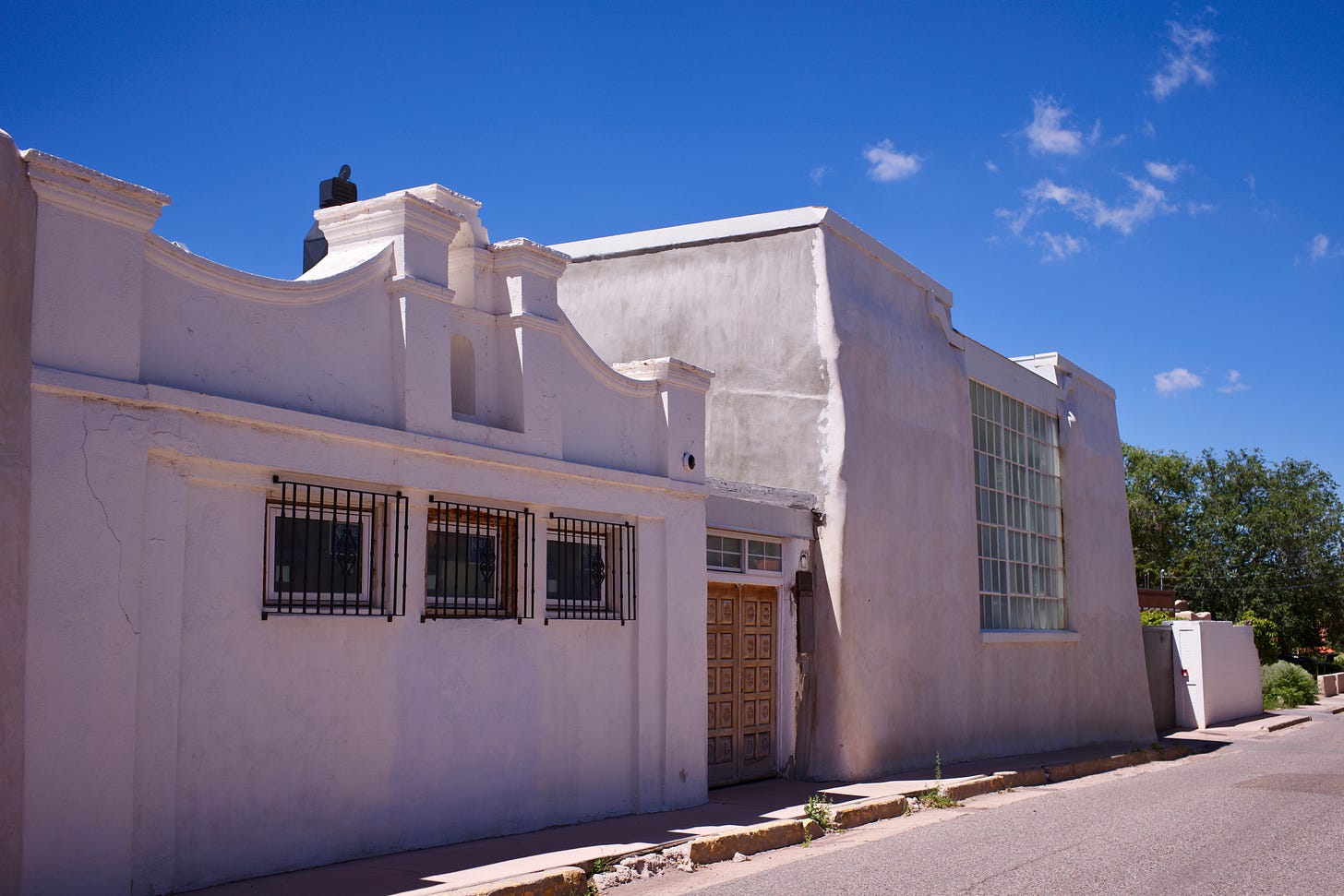
Two days ago, I suggested “let’s say” explorations of places, based on a childhood practice. It’s all too easy to be guided by other’s approaches, so I opened with a personal “let’s say” foray to New Mexico, where I decided to follow my two cameras…
Keep reading with a 7-day free trial
Subscribe to Resurgence: A Journey to keep reading this post and get 7 days of free access to the full post archives.




